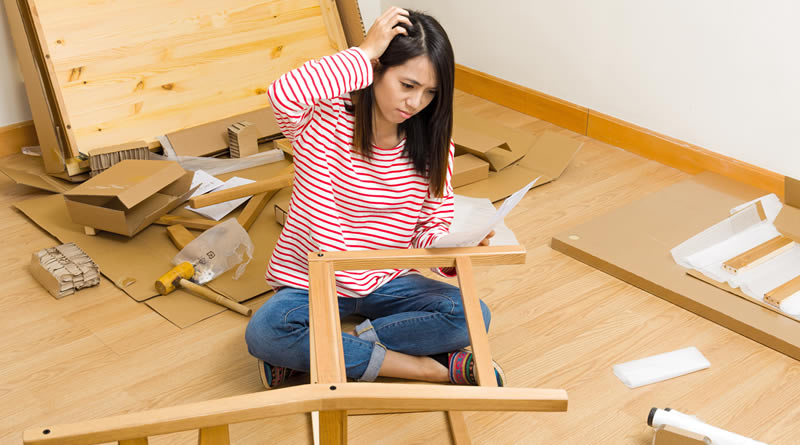Tips for Furniture Assembly and Installation
When it comes to setting up new furniture, proper assembly and installation are crucial for ensuring its functionality, stability, and longevity. Whether you’re tackling a simple DIY project or hiring professionals for the job, paying attention to certain key factors can make the process smoother and more successful. In this article, we’ll explore important considerations for furniture assembly and installation to help you achieve the best results.
1. Read and Follow Instructions Carefully
Before diving into the assembly process, take the time to thoroughly read the manufacturer’s instructions that come with the furniture. Instructions provide valuable guidance on the correct sequence of steps, necessary tools, and safety precautions. Make sure you understand each step before proceeding to avoid mistakes that could lead to issues later on.
2. Organize and Prepare Your Workspace
Creating an organized and clutter-free workspace is essential for efficient furniture assembly. Clear the area of any obstructions and ensure you have enough space to lay out all the parts and tools required. Sort the components according to their sizes or categories, and keep small parts organized in containers or bags to prevent loss. Having a clean and well-prepared workspace will save you time and frustration during the assembly process.
3. Use the Right Tools
Using the appropriate tools is critical for successful furniture assembly. Check the instructions to determine which tools are needed and ensure you have them on hand. Common tools may include screwdrivers, Allen wrenches, hammers, drills, and measuring tape. Using the correct tools will not only make the process easier but also help prevent damage to the furniture and ensure a secure and stable assembly.
4. Seek Assistance When Needed
Some furniture items, especially larger or more complex ones, may require more than one person to assemble or install. Don’t hesitate to ask for help from a friend or family member if the furniture is heavy or if the assembly steps are challenging. Having an extra set of hands can make the process safer, quicker, and more efficient.
5. Take Safety Precautions
Safety should always be a top priority during furniture assembly. Use caution when handling sharp or heavy parts, and wear appropriate protective gear such as gloves or safety glasses if necessary. Be mindful of your posture and body mechanics to avoid strain or injury. If you encounter any difficulties or uncertainties during the process, consult the manufacturer’s customer support or seek professional assistance.
6. Check and Adjust for Stability
Once the furniture is fully assembled, take the time to inspect its stability and make any necessary adjustments. Check for wobbling or unevenness by placing the furniture on a level surface and applying gentle pressure from different angles. Tighten any loose screws or bolts, and ensure all connections are secure. This step is crucial for the safety and longevity of the furniture.
By following these tips and guidelines, you can ensure a successful and hassle-free furniture assembly and installation process. Remember to read and follow instructions carefully, organize your workspace, use the right tools, seek assistance when needed, prioritize safety, and check for stability. With proper attention to detail and a little patience, you’ll be enjoying your new furniture in no time.




